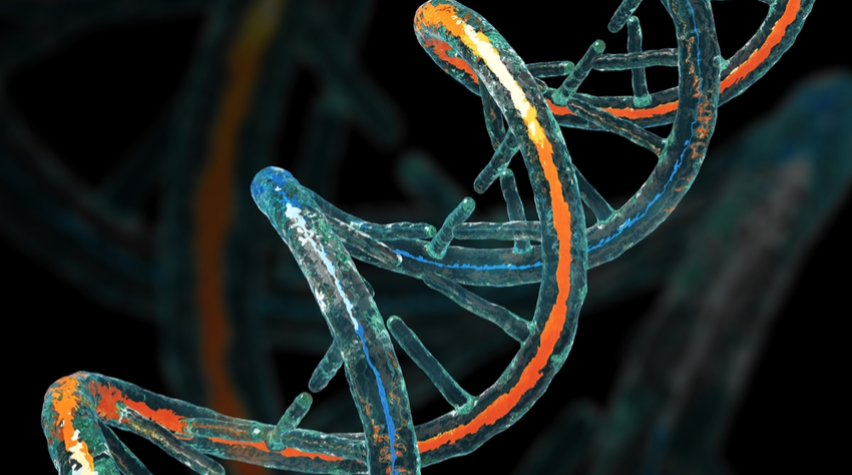
Researchers at UC Santa Cruz’s Jack Baskin School of Engineering announced this week that they are approaching the point of closing gaps in knowledge of the human genome. The research uses nanopore long-read sequencing to generate the first complete and accurate linear map of a human Y chromosome centromere.
Centromeres are sites in our genetic material that are dedicated to ensuring that our genome is correctly partitioned when cells divide. If the centromere is lost, or damaged, then life is out of balance, with too much or too little DNA in each daughter cell. This can be catastrophic, and is often seen in cancers.
Scientists still do not understand how the underlying DNA contributes to centromere function. Until now the inability to generate maps through these regions has been a fundamental roadblock in studies aimed to understand how missing sequences impact our health.
The DNA known to span human centromeres are full of tandem repeats. That is to say, exact copies of the same sequence are found — in a head-to-tail orientation — thousands of times. These exact copies often span millions of bases, the fundamental units of DNA.
To learn more about this work, see the published findings in Nature Biotechnology.


